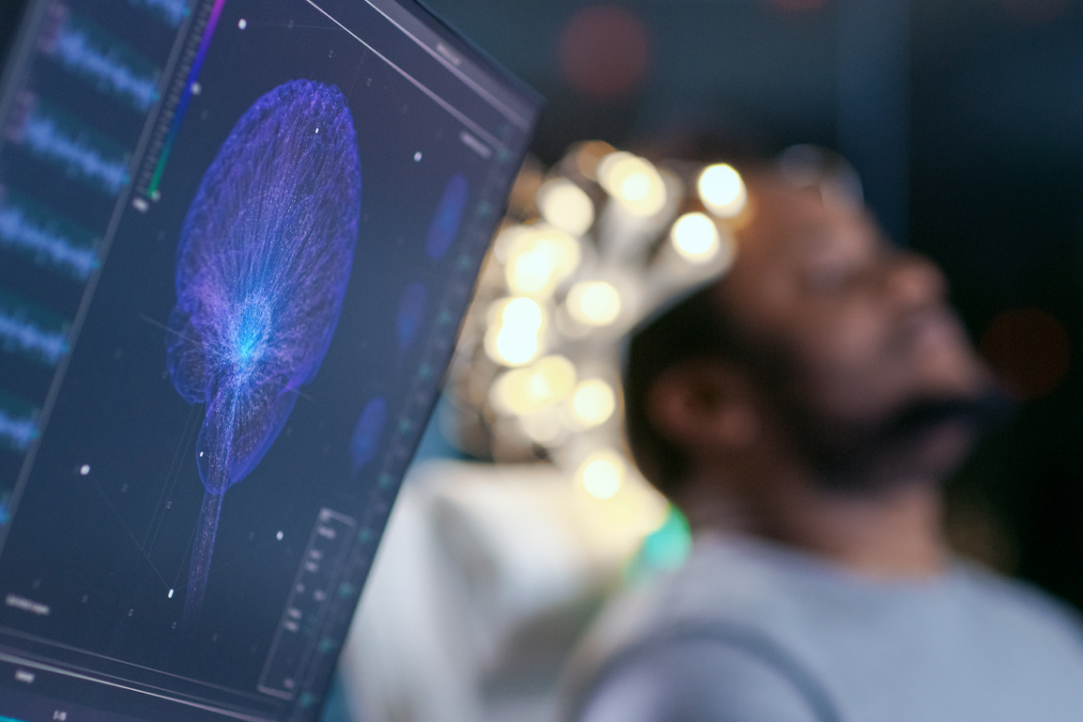A unique awake brain surgery has been carried out in Nizhny Novgorod with the participation of staff of the Centre for Language and Brain Studies. For the first time, neurolinguists in Nizhny Novgorod assisted in the removal of a brain tumour with mapping of a bilingual patient who is a native speaker of Tatar and Russian. The participants—Natalia Gronskaya, Director of the Centre for Language and Brain Studies, Alina Minnigulova, research assistant, and Lilia Mavlekhanova, invited expert and native speaker of Tatar—spoke about the specifics of the operation.




















